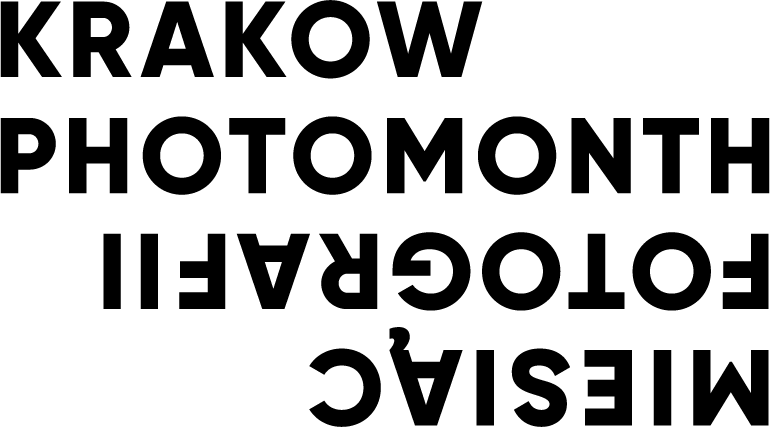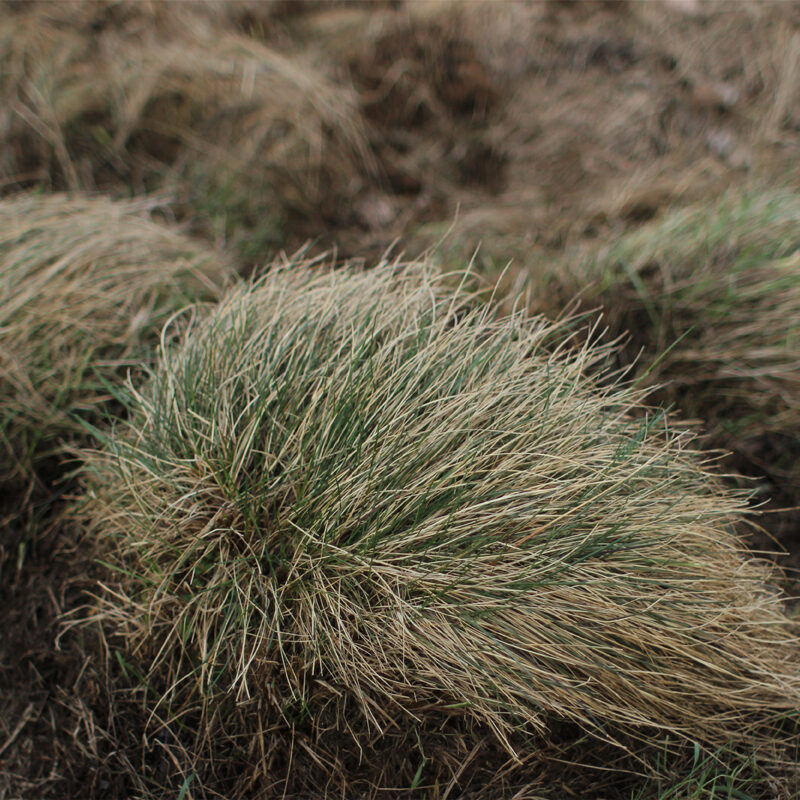Wonders in the Heavens and on the Earth
Curators: Sebastian Cichocki, Jagna Lewandowska
.
Looking is one thing, seeing is another. Scientists who base their conclusions on the careful observation of phenomena know this. Artists, who perceive hidden meanings and premonitions in everyday life, know this, too. A mound passed during a walk, a mysterious totem erected in a city park, a fossil embedded in the marble floor of a metro station. Artistic observations are enabled by the use of peculiar tools, including a functioning imagination, which allow for an ‘expansion of the frame’ and enable a probing that goes further and deeper. And the deeper, the darker—and dwindle go the odds of a safe return to the surface.
.
Wonders in the Heavens and on the Earth are becoming more visible. These are not afterimages of the plagues of old, but emissaries of the Apocalypse approaching in full gear. With our last breath, staring into the light, we will, thanks to art, come to terms with the incomprehensible and the unknown. We’re looking at jumbled stratifications, deep-time escapades, and capers across the cosmos. In this uncanny realm of human endeavour, we encounter paradoxes: dust motes and a star a million light years away in the same frame; or the simultaneous visualisation of aeons of erosion and the accumulation of geological layers.
.
Pristine nature, so idealised by the Romantics, has officially ceased to exist. The scale of these processes—vast, stretching across epochs—is for us unfathomable. And so we abandon distinctions between that which is nature and that which is anthropic. We discover symbiotic helixes of animate and inanimate matter. We are at a moment when, as Timothy Morton, philosopher and proponent of ‘dark ecology,’ observes, the myth of progress has stalled before an accumulation of strange cases. Astonished, we can only stand and stare as we fantasise the rise of a new order from the ashes of the old world.
.
Wonders in the Heavens and on the Earth is an adaptation of an exhibition from half a century ago: July, August, September 1969, which was curated by Seth Siegelaub. The exhibition consisted of the works of eleven artists, scattered around the globe, with each work located in a different place. The catalogue was the only way in which one could experience the exhibition in its entirety, and find information about where each work was situated. The book-as-exhibition is the starting point for an experiment with the production and distribution of art during an epidemic freeze: the crisis of mobility, the regimen of physical distancing, the yearning for the tactile and material world.
.
Sebastian Cichocki is the chief curator of the Museum of Modern Art in Warsaw. He is the author and co-author of exhibitions including the Polish pavilions at the 52nd and 54th Venice Biennales (with Monika Sosnowska, in 2007, and Yael Bartana, in 2011); Rainbow in the Dark: On the Joy and Torment of Faith, at SALT Galata in Istanbul and the Malmö Art Museum; and Making Use: Life in Postartistic Times and Zofia Rydet, Record 1978–1990, at the Museum of Modern Art in Warsaw and Bródno Sculpture Park. Together with Jagna Lewandowska, he recently prepared the exhibition The Penumbral Age: Art in the Time of Planetary Change, a survey of five decades of global environmental reflections in art.
.
Jagna Lewandowska is a curator and film critic. She is a member of the New Roman gallery collective and part of the team at the Museum of Modern Art in Warsaw. From 2011–2013, she coordinated the ShowOFF Section of Krakow Photomonth. She is the curator and co-curator of exhibitions including Andrzej Jórczak: Looking at Alpha Ursae, at Arton Foundation (2014); Mikołaj Moskal: Bones, at SABOT in Cluj-Napoca, Romania (2017); and Brace for Impact, at De Appel in Amsterdam (2018). Together with Sebastian Cichocki, she recently prepared the exhibition The Penumbral Age: Art in the Time of Planetary Change, a wide-angle survey of the art of the Earth beyond geographies and timeframes. She is currently pursuing her PhD in the Faculty of ‘Artes Liberales’ at the University of Warsaw.





